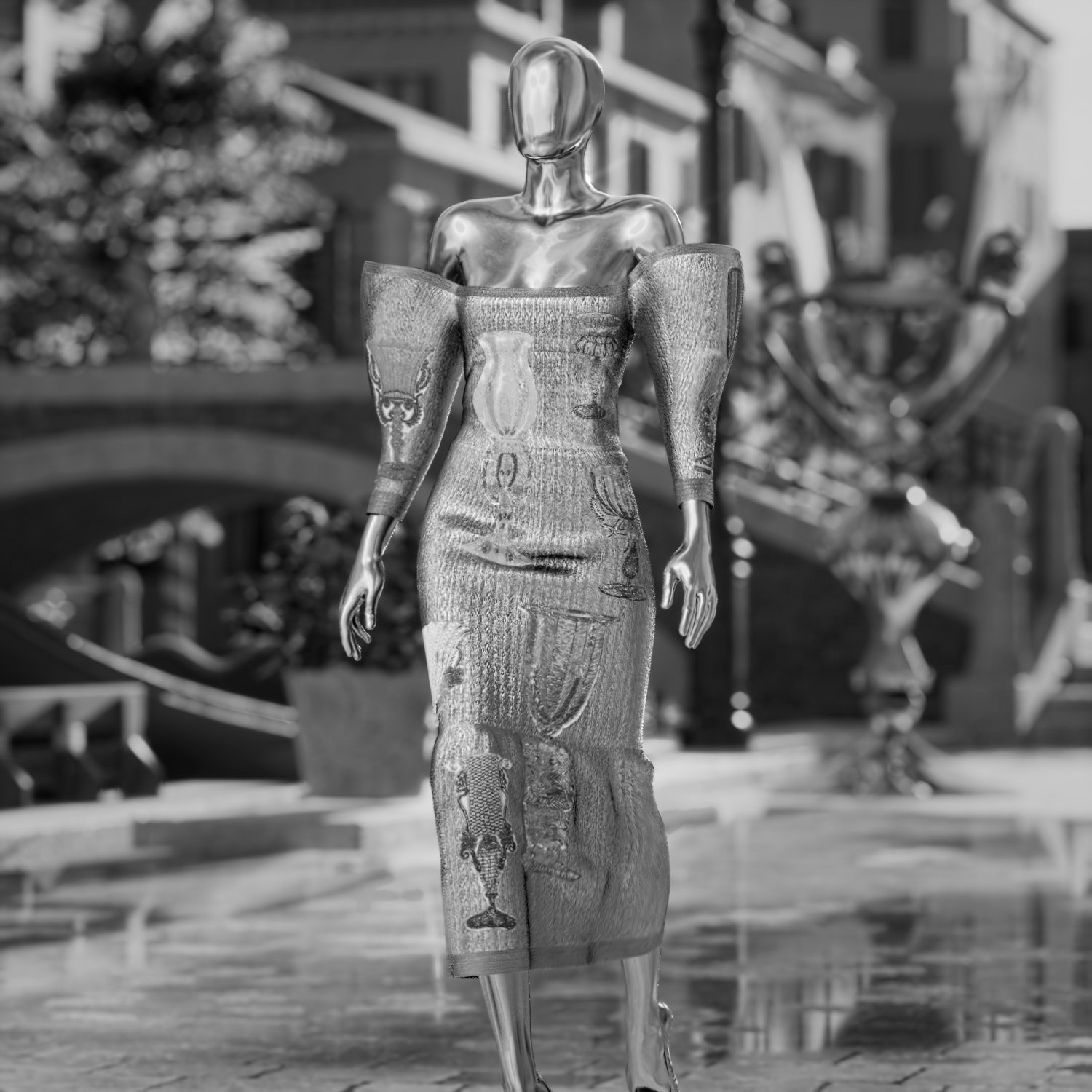In recent years, non-fungible tokens (known as NFTs) and blockchain have created a buzz in the tech world. NFTs are unique digital tokens which cannot be substituted or removed from the blockchain they are recorded in. This innovative technology continues to push boundaries and create new possibilities for millions of people worldwide who interact with it. In the span of a few years, NFTs have spread to the world of art, with a new digital art trade arising, and now fashion and luxury. As digital processes continue to influence fashion, NFTs allow fashion designers to go one step further and bring their work into a realm of virtual reality.
Aura Blockchain Consortium is a non-profit organization created by major luxury industry players LVMH, Prada Group, and Cartier, in an aim to promote the use of a single blockchain across the industry in order to enhance customer experience. Through use of this reliable and secure resource, luxury customers are able to certify the authenticity of their products, which in turn leads to an enhanced brand-to-customer relationship due to transparency and high quality of service.
A collaboration such as Aura Blockchain Consortium which aims to span industry-wide is unique for this highly competitive sector, however, the organization’s goal of facilitating a customer’s virtual experience requires brands to work together and offer a single easy-to-use standard.
NFT: How was it applied by fashion house
The world of NFTs and the metaverse represents the future of the fashion industry. A market completely new to discover and exploit. Some fashion houses more than others stand out for proposing avant-garde digital goods and for stepping into the digital world. Non-fungible tokens in the virtual world come in various formats and use. Ranging from virtual garments for the gaming industry or for avatars to collectable goods that investors might look up to. The range of use of NFTs is extremely wide, especially for the reliability they give to the goods they are associated with and because of the traceability they have. The most outstanding use of NFTs up to now has been done by fashion houses which decide to create a virtual collection through the use of augmented reality and propose them as collectables to investors, presenting these as exclusive content. Dolce & Gabbana collection is a great example of such use. The brand was able to bring Haute Couture to the digital world in an impressive way. A 9-piece collection was presented by Dolce & Gabbana as part of their Collezione Genesi. This was done in collaboration with UNXD “a curated NFT marketplace for the best of digital luxury”. Therefore, by combining the expertise of the two companies a digital collection was created, including two dresses, a man’s suit, three jackets and three crowns. Customers are presented with collectable pieces, which are granted by NFTs, on which they can invest their money. Together with this, buyers will have benefits and access to exclusive parts of the brand, increasing customer loyalty.
Talking about new customer experiences, it is important to remark on the efforts carried on by LVMH, Prada Group and Cartier aiming at applying new technologies in the luxury world. The project carried on, called Aura Blockchain Consortium, makes it possible for customers to check for the history and quality of products, guaranteeing traceability and authenticity.
NFTs and their environmental impact
NFTs are represented as an opportunity for the fashion industry. On one side the revolution of digital goods may result in restraining the fast fashion sector: but are NFTs synonyms for zero waste and fewer emissions?
Non-fungible tokens do not rely on textiles to be generated. However, as goods rely on blockchain technology, to guarantee their intrinsic properties they require a complex “mining” process. This is possible thanks to cryptocurrencies such as Ethereum, but it also requires a massive amount of energy, which comes from fossil fuels, causing greenhouse emissions. Ethereum mining consumes as much energy as a small European nation in a year.
NFTs’ considerable environmental impact contrasts with the efforts many nations are doing in cutting emissions. However, reducing the carbon footprint in the NFTs world seems to be less challenging than in the fast fashion industry: blockchains are already testing greener solutions and, if successful, they promise to eradicate the environmental problem. For instance, Ethereum announced that a new upgrade “The Merge” will create NFTs using 99% less energy starting in 2022.
Conclusion: NFT and new customer experience
The true appeal of luxury fashion is not solely the fact that items created are made with high-grade materials and with consistent craftsmanship, but encompasses the experience of the consumer as well. With the constant need to improve the customer experiences to dominate the luxury fashion market, it is no wonder why dominating luxury corporations have increased investments in emerging technologies including NFTs.
By investing in NFT, luxury companies have enhanced the customers’ interaction and evidently their experiences with luxury products ensuring its traceability, and authenticity. While the questions raised today, what is the role of NFTs in luxury fashion, may not have been fully answered, we can say that NFTs have had major impacts on the luxury world. Being quite profitable in most cases. Most industries are merging with technological advancements, including the luxury fashion industry, at an incredible speed. But what is next for the ever changing luxury market? Are NFTs a part of the future of luxury fashion or just a trend that will pass over? Only time will tell…

